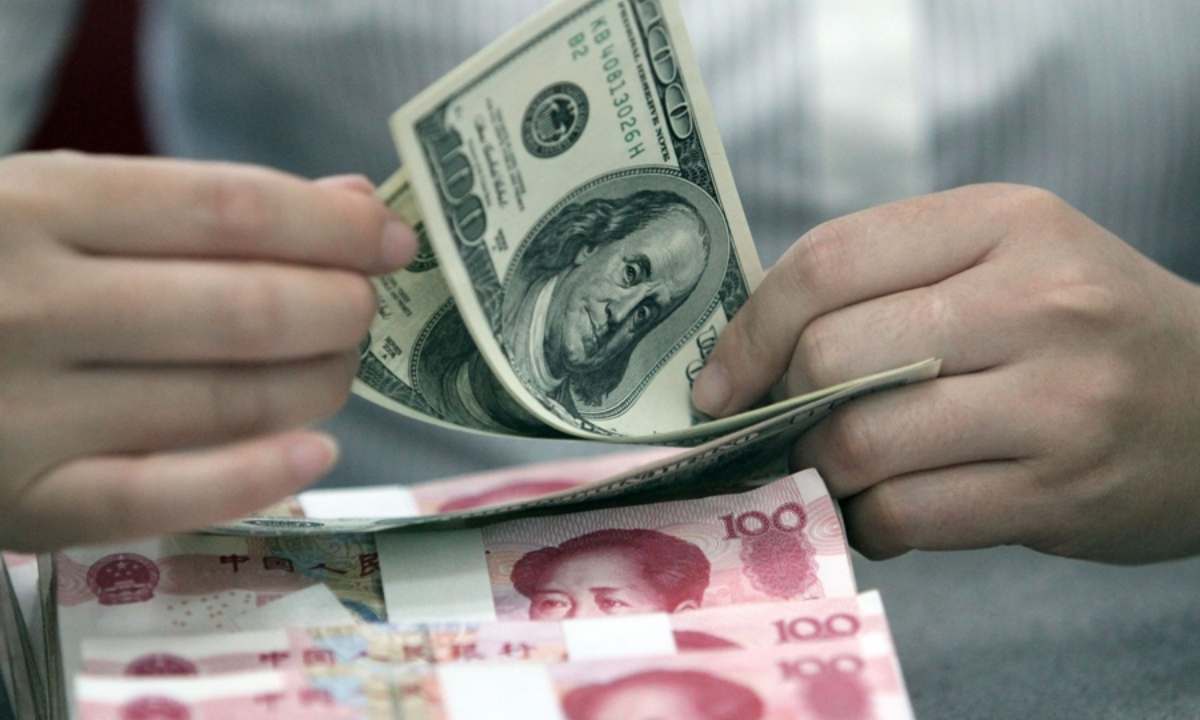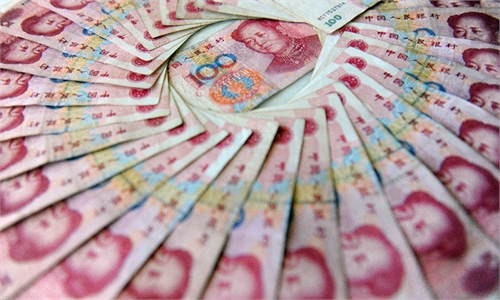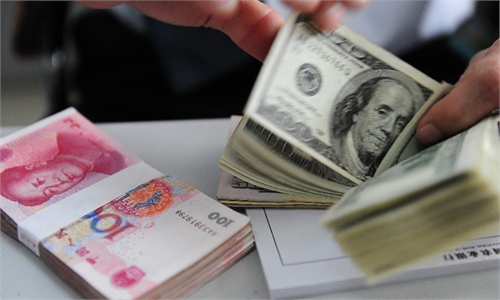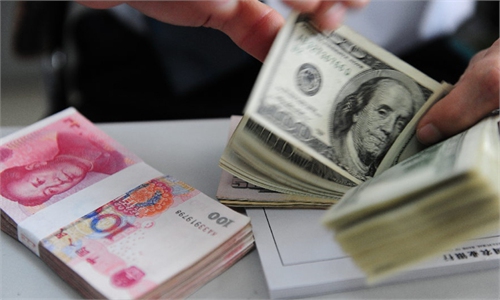Global investors cheer on Powell’s rate cut signal; offshore yuan strengthens further

Xinhua File Photo
Global financial markets experienced a significant surge on Friday, as stocks, gold, and oil all rallied following US Federal Reserve Chair Jerome Powell's clear indication that lower interest rates in the US are imminent.
A long-awaited rate cut by the Fed is expected to reduce the interest rate gap between China and the US, and China's central bank will have greater flexibility in implementing monetary policy, giving more opportunities for Chinese economy, according to experts.
"The time has come for policy to adjust," Powell said in a keynote speech at an annual gathering of central bankers and economists in Jackson Hole, Wyoming. "We will do everything we can to support a strong labor market as we make further progress toward price stability."
This was seen as his firmest declaration yet that the Fed has finally seen enough reasons to change its stance by cutting rates at their September 17 to 18 meeting.
Investors cheered on the messaging. The Dow Jones Industrial Average rose 462.3 points on Friday, an increase of 1.14 percent; the Nasdaq Composite Index jumped 1.47 percent; and the S&P 500 Index rose 1.15 percent.
In addition, international oil prices also climbed up collectively, with the October contract for WTI crude oil gaining 2.69 percent to $74.97 per barrel, and the October contract for Brent crude oil rising 2.20 percent to $78.24 per barrel.
The prices of precious metals also increased on Friday as appetite for safe-haven assets strengthened. On COMEX, December gold climbed $32.58, or 1.29 percent, to $2,549.28 an ounce.
As inflation fell fast and US job market added fewer jobs than expected, market expectation for a rate cut has been rising. The US economy created 818,000 fewer jobs than originally reported in the 12-month period through March 2024, the Labor Department reported Wednesday. The revision to the nonfarm payroll numbers is the largest since 2009, indicating that the US labor market may not be as strong as expected.
As a result, the probability of a 25 basis-point cut is now 76 percent, while the probability of a 50 basis-point cut is 24 percent, according to the CME FedWatch tool.
The Federal Reserve's monetary policy often determines the direction of global monetary policy, however, this time, the US has clearly shifted from being a leader in global monetary policy to a follower, a securities analyst with the surname Chen told the Global Times on Saturday.
In June, the European Central Bank cut interest rates for the first time since 2019. The Bank of Canada announced two consecutive rate cuts in June and July. The People's Bank of China, the country's central bank, also made a rate cut in July. In August, the Bank of England delivered its first interest rate cut in more than four years.
"The Fed has been cautious in signaling a rate cut not only because of the robust performance of US economic data, but also because it hopes to delay capital outflows as much as possible," Chen said, noting that the US economy is grappling with challenges in the manufacturing and industrial sectors, with even the adjustments in the US capital market being influenced by these issues.
But the increasingly strong expectation of rate cuts is already an irreversible trend, as evidenced by the general appreciation of non-dollar currencies, Chen said.
In foreign exchange market, the offshore yuan further appreciated against the US dollar on Friday, up 311 points to 7.1149 yuan per dollar.
Xi Junyang, a professor at the Shanghai University of Finance and Economics, suggested that the Fed's expected interest rate cut may offer China economic opportunities beyond just currency appreciation.
For instance, once US rates come down, China's central bank will have more flexibility in monetary policy adjustments, when it comes to bank reserve requirement ratio cut and more interest rate cuts, Xi said.
The Fed's rate cutting typically weakens the US dollar, increasing the possibility of capital inflows into yuan-denominated assets. With the relatively weak growth in consumer price index in China, more capital inflows have the potential to drive assets prices and help counter the risks of deflation, he noted.




